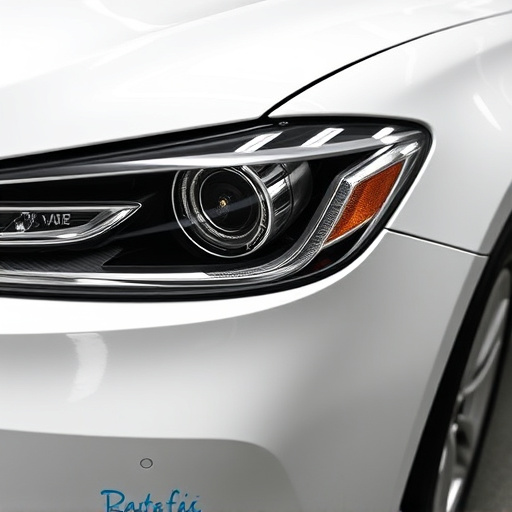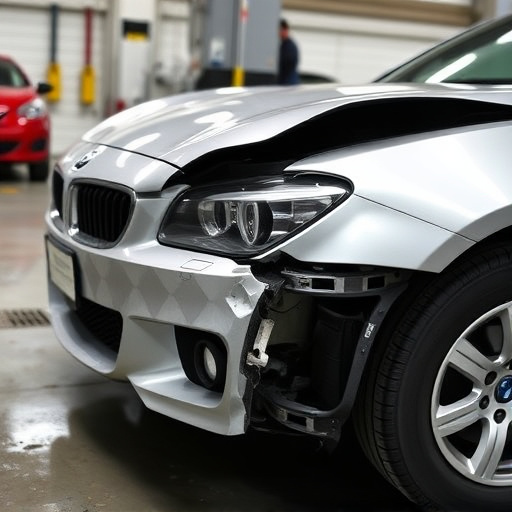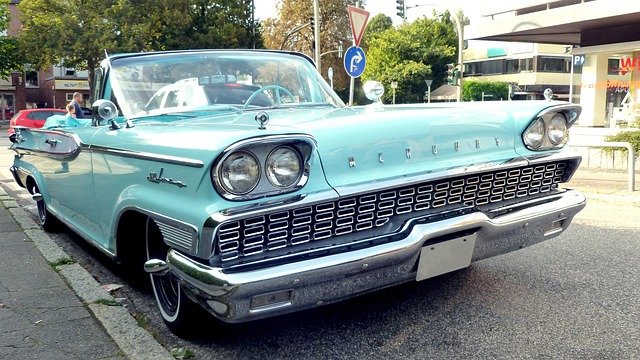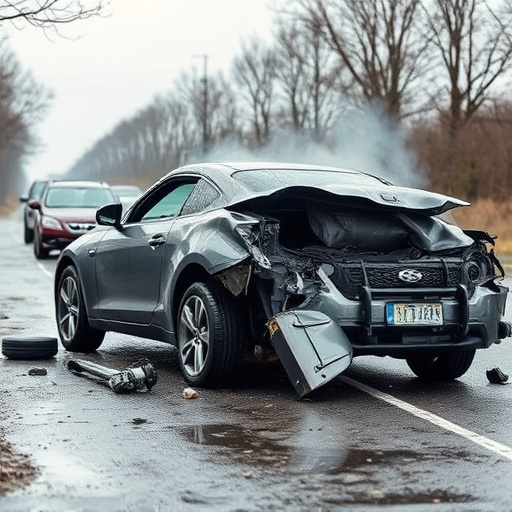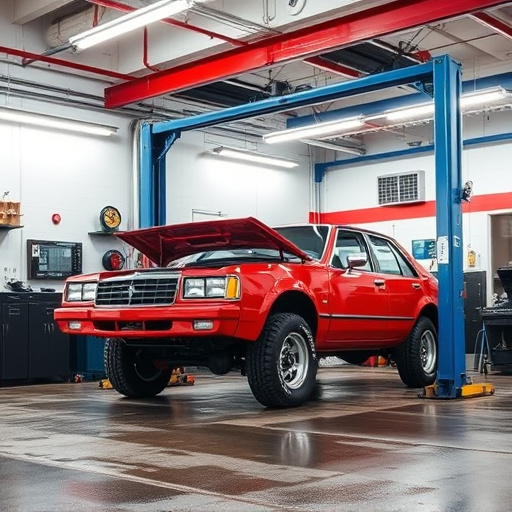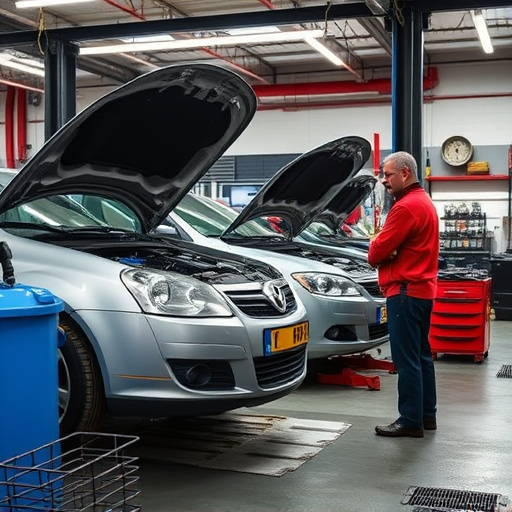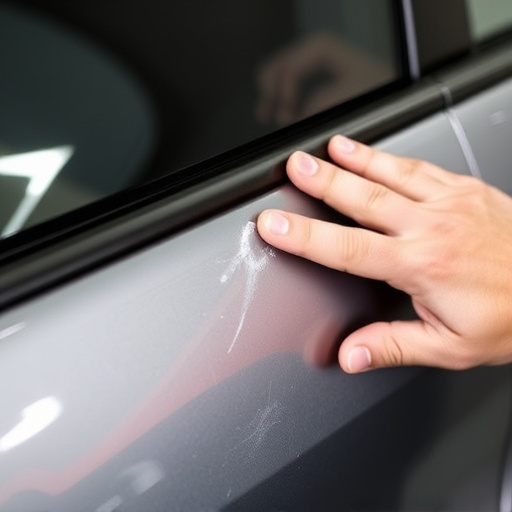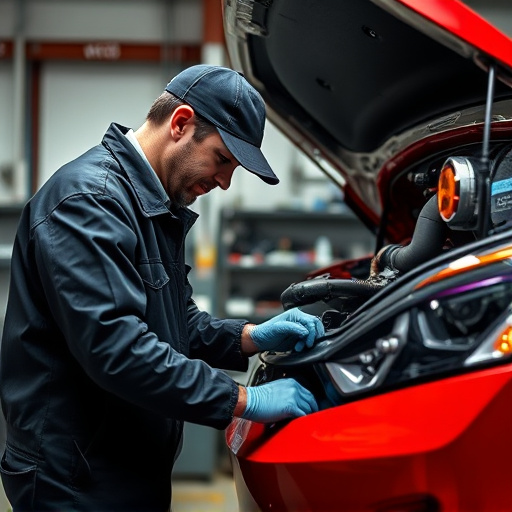Tesla airbag system repair requires prompt action due to potential malfunctions from sensor errors, software glitches, or physical damage. Experienced technicians diagnose issues using specialized tools and knowledge of Tesla's advanced services. Root causes are identified through connection checks, sensor replacements, or SRS module updates. Minor glitches may be resolved by resetting the SRS module, but it's a complex process needing precise procedures for optimal vehicle safety. Demonting and inspecting faulty SRS modules is crucial, followed by thorough inspections using diagnostic equipment. Proper resetting and reinstallation of the SRS module after repairs ensures safe airbag deployment, prioritizing occupant safety over component replacement.
Tesla vehicles are renowned for their cutting-edge technology, including advanced airbags designed for optimal passenger safety. However, like any complex system, the Tesla airbag can experience malfunctions, requiring proper diagnosis and repair. This article guides you through the process of repairing your Tesla’s airbag system, focusing on identifying faulty SRS (Supplemental Restraint System) modules, demounting and inspecting them, and performing a reset for enhanced safety.
- Understanding Tesla Airbag System Malfunctions
- Demonting and Inspecting Faulty SRS Modules
- Resetting and Reinstalling for Optimal Safety
Understanding Tesla Airbag System Malfunctions
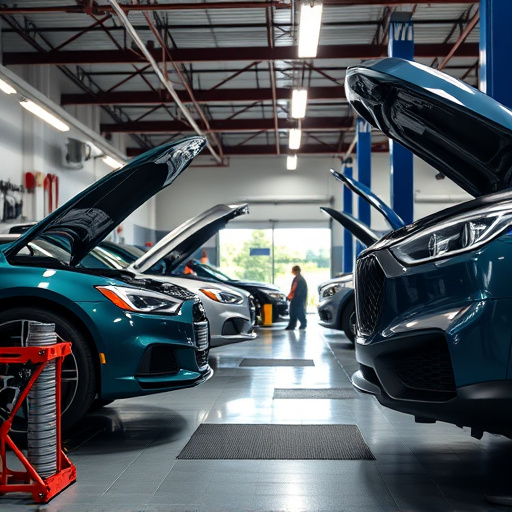
The Tesla airbag system is a critical component of passenger safety, designed to protect occupants in the event of a collision. Malfunctions or issues with this system can arise due to various factors, including sensor errors, software glitches, or physical damage. When an airbag fails to deploy as intended, it’s crucial to investigate and address the problem promptly for the safety of the vehicle’s occupants. An experienced technician can diagnose the issue using specialized tools and knowledge of Tesla’s advanced automotive repair services.
Identifying the root cause is essential before proceeding with any Tesla airbag system repair. This may involve checking for loose connections, replacing faulty sensors, or updating the SRS (Supplemental Restraint System) module to ensure proper functioning. Resetting the SRS module can sometimes resolve minor glitches, but it’s a complex process that requires precise procedures to avoid further complications, offering peace of mind and ensuring the vehicle is safe to drive again.
Demonting and Inspecting Faulty SRS Modules
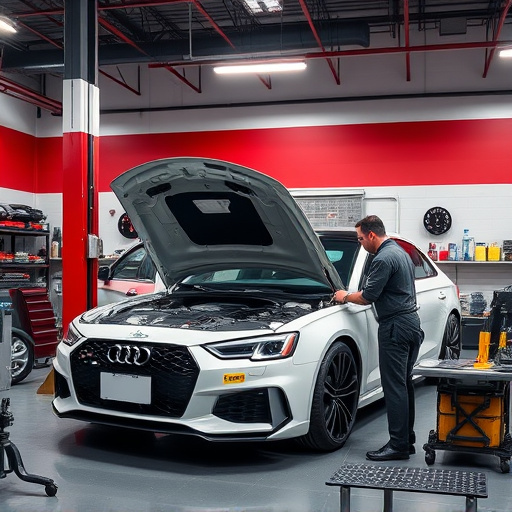
When addressing Tesla airbag system repair, demonting and inspecting faulty SRS (Supplemental Restraint System) modules is a critical step. This process involves carefully removing the module from its housing, which may require specialized tools given the intricate design of Tesla vehicles. Once removed, a thorough inspection is conducted to identify the source of any malfunctions using diagnostic equipment. Common issues can range from sensor malfunction to wiring damage, each necessitating specific attention during repair.
The goal is not just to replace but to accurately diagnose and fix the problem, ensuring the safety of the vehicle’s occupants. This meticulous approach aligns with high-quality automotive repair services, reflecting the importance of a well-restored car body and reliable airbag system in preventing accidents and mitigating risks on the road.
Resetting and Reinstalling for Optimal Safety

When dealing with a Tesla airbag system repair, resetting and reinstalling the SRS (Supplemental Restraint System) module is crucial for maintaining optimal safety standards. This process involves several steps that should be executed precisely to ensure the airbag system operates effectively in the event of an accident. A professional auto body shop equipped with specialized tools can perform these tasks accurately, addressing any issues within the car bodywork that might compromise the integrity of the airbag deployment.
During the reset process, technicians carefully inspect and diagnose any problems related to sensors, wiring, or other components within the airbag system. Once identified, defects in the car’s body structure, such as dents or damage from prior accidents, are also addressed through expert dent removal techniques. By combining these repairs with a thorough SRS module reset, owners can rest assured that their Tesla is equipped with a safe and reliable airbag system ready to protect them on the road.
In conclusion, repairing a Tesla’s airbag system involves careful navigation of its complex components. By understanding common malfunctions, demounting and inspecting faulty SRS (Supplemental Restraint System) modules, and properly resetting the system, owners can ensure optimal safety for themselves and their passengers. For effective Tesla airbag system repair, following these steps meticulously is key to restoring full functionality and peace of mind on the road.
